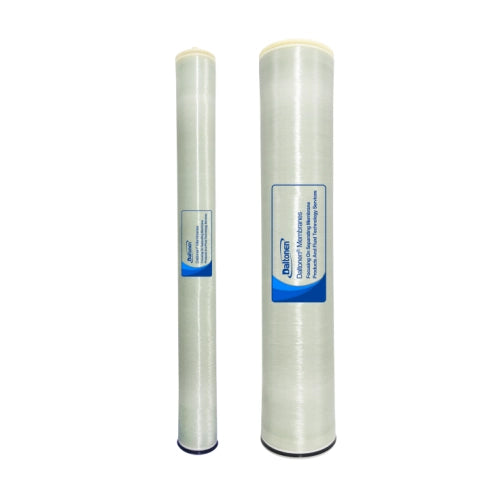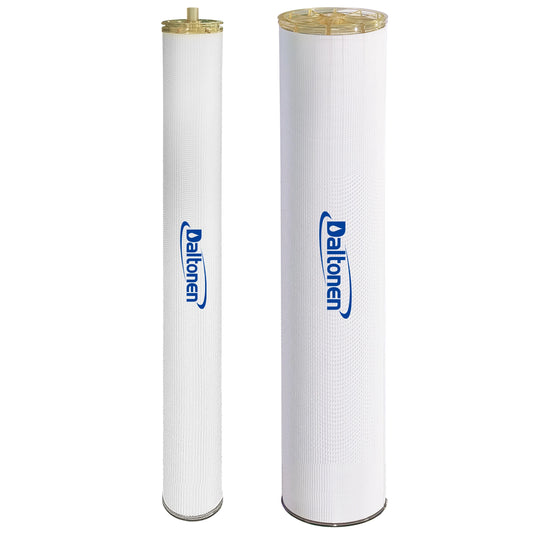Zero/near-zero emissions
Application of Membrane Separation Technology in Zero Emission/Near Zero Emission
Zero emission and near zero emission are terms in environmental protection referring to continually reusing industrial wastewater, thereby reducing sewage, waste water, and various pollutant emissions to zero.
Zero emission technology can save enterprises substantial costs on water and wastewater treatment fees, improve water utilization efficiency, and achieve the infinite reuse of water resources. It is inevitable that "zero emission" has become the current trend in industrial water treatment. Currently, RO (Reverse Osmosis) technology has been applied to various industrial wastewater zero emission/near zero emission processes.
RO Reverse Osmosis Special Membranes
RO reverse osmosis special membranes can effectively separate organic substances, salinity, and water in industrial wastewater. The permeate water quality is good, with removal rates for COD and salinity both exceeding 90%. Therefore, the permeate can be discharged directly or further treated through biochemical processes, while concentrated wastewater from industrial wastewater can undergo zero discharge treatment through MVR evaporation and crystallization.
NF Nanofiltration Membranes
Nanofiltration membranes are also widely used in desalination processes for zero emission. The NF + RO + MVC process can further recycle and reuse salt resources. This not only reduces the scale of evaporators and crystallizers significantly, thereby lowering investment costs, but also reduces the amount of residual wastewater discharged, fully adhering to the development concept of resource conservation, cost reduction, and environmental friendliness of zero emission. However, the performance of nanofiltration membranes varies among different manufacturers, leading to differing results.
Careful selection of zero emission/near zero emission technologies is necessary for treating high-salinity wastewater from different industries. It is essential to choose mature and economically viable treatment processes based on the actual conditions of industrial salt production to achieve efficient wastewater recovery.







